This post may contain affiliate links. For full information, please see our disclaimer here and our Privacy Policy here.
Welcome to the Solo Female Travel Safety Tips and Advice page for Kosovo!
This page is brought to you by Solo Female Travelers Tours, our curated small group trips for women, by women.
On this page you will find first-hand, unbiased, and real safety tips, advice and reviews from women traveling solo, submitted directly from their personal experiences in the country.
Their opinions are unfiltered and submitted independently as part of the Solo Female Travel Safety Index, a ranking of 210 countries and regions based on how safe they are for women traveling solo.
The safety scores range from 1 to 4 with 1 being the safest and 4 being the most dangerous for solo female travelers.
You don’t need to login to read the below reviews. But do sign up or login to share your solo travel experiences, country safety rating and comments.
Jump straight to: Travel Tips | About the Index | Resources I Leave a Review
MAKE A DIFFERENCE – LEAVE YOUR SAFETY REVIEWS!
We can make the world a safer place for women traveling solo together. Sign up to our portal and leave your reviews NOW. Share your experience with other solo female travelers and help us empower more women through travel.
Kosovo Country data
We have compiled a few data points below that can help you better understand Kosovo and have more context when thinking about travel safety.
Official country name: Republic of Kosovo.
Etymology: The name derives from the Serbian "kos" meaning "blackbird," an ellipsis (linguistic omission) for "kosove polje" or "field of the blackbirds".
Country map
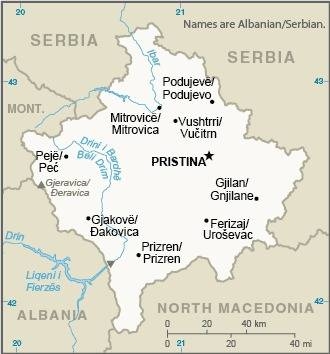
Locator map
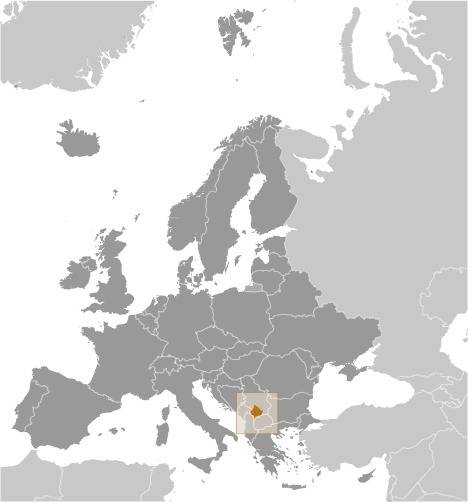
Flag
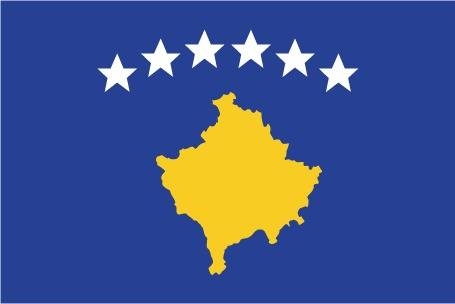
Capital: Pristina (Prishtine, Prishtina).
Independence / foundation: After World War II, Kosovo's present-day boundaries were established when Kosovo became an autonomous province of Serbia in the Socialist Federal Republic of Yugoslavia (S.F.R.Y.).
The Serbs instituted a new constitution in 1989 revoking Kosovo's autonomous status. Kosovo's Albanian leaders responded in 1991 by organizing a referendum declaring Kosovo independent. Serbia undertook repressive measures against the Kosovar Albanians in the 1990s, provoking a Kosovar Albanian insurgency.
A UN-led process began in late 2005 to determine Kosovo's final status. The 2006-07 negotiations ended without agreement between Belgrade and Pristina, though the UN issued a comprehensive report on Kosovo's final status that endorsed independence.
Population: 2 million.
Currency: Euro (EUR)
1 USD = 0.91 - 0.93
Time zone: UTC+1
Languages spoken: Albanian (official) 94%, Bosnian 2%, Serbian (official) 2%, Turkish 1%, other <1% (includes Romani), unspecified <1%. Note - in municipalities where a community's mother tongue is not one of Kosovo's official languages, the language of that community may be given official status according to the 2006 Law on the Use of Languages.
Religions: Muslim 96%, Roman Catholic 2%, Orthodox 2%, other <1%, none <1%, unspecified <1%.
Climate: Influenced by continental air masses resulting in relatively cold winters with heavy snowfall and hot, dry summers and autumns. Mediterranean and alpine influences create regional variation. Maximum rainfall happens between October and December.
Real GDP (ppp – purchasing power parity): $22.33 billion.
Real GDP per capita (ppp): $12,700.
Main airports: Priština International Airport.
World heritage sites in Kosovo
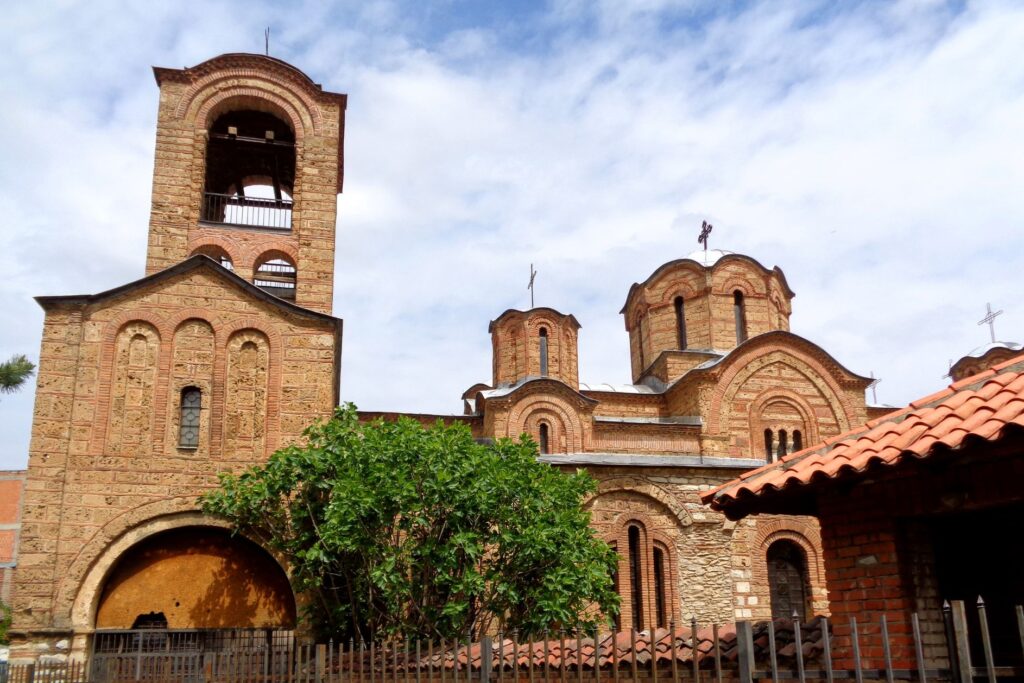
There are over 1,100 world heritage sites spread across more than 165 countries. New ones are added every year, and some may be removed from the list for various reasons.
Number of UNESCO listed sites: 1.
Top world heritage sites:
Medieval Monuments in Kosovo.Interesting facts about Kosovo
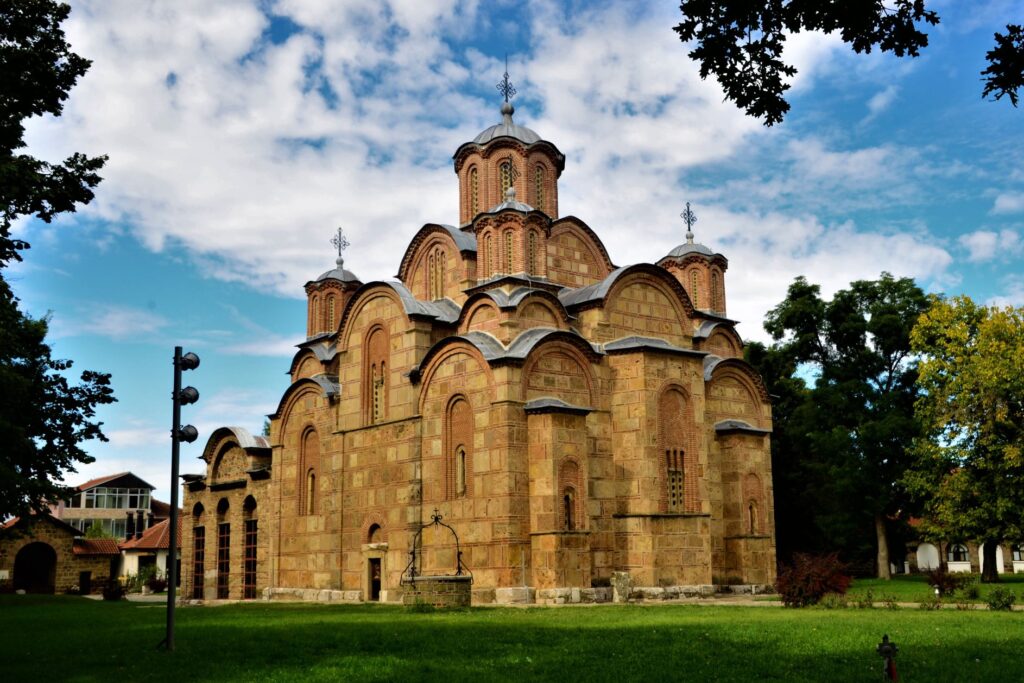
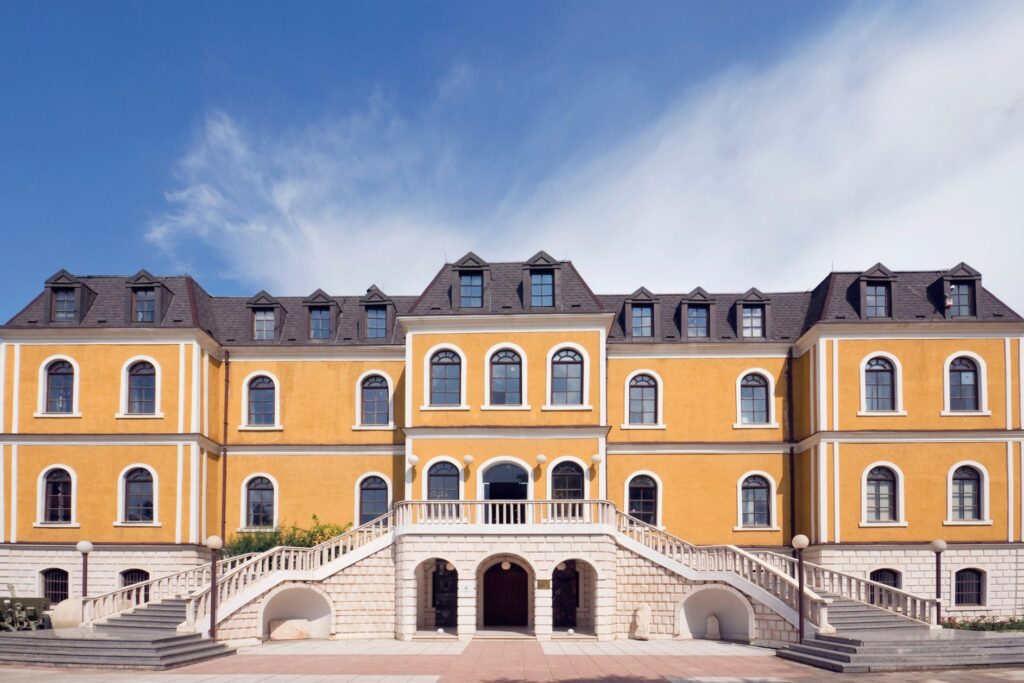
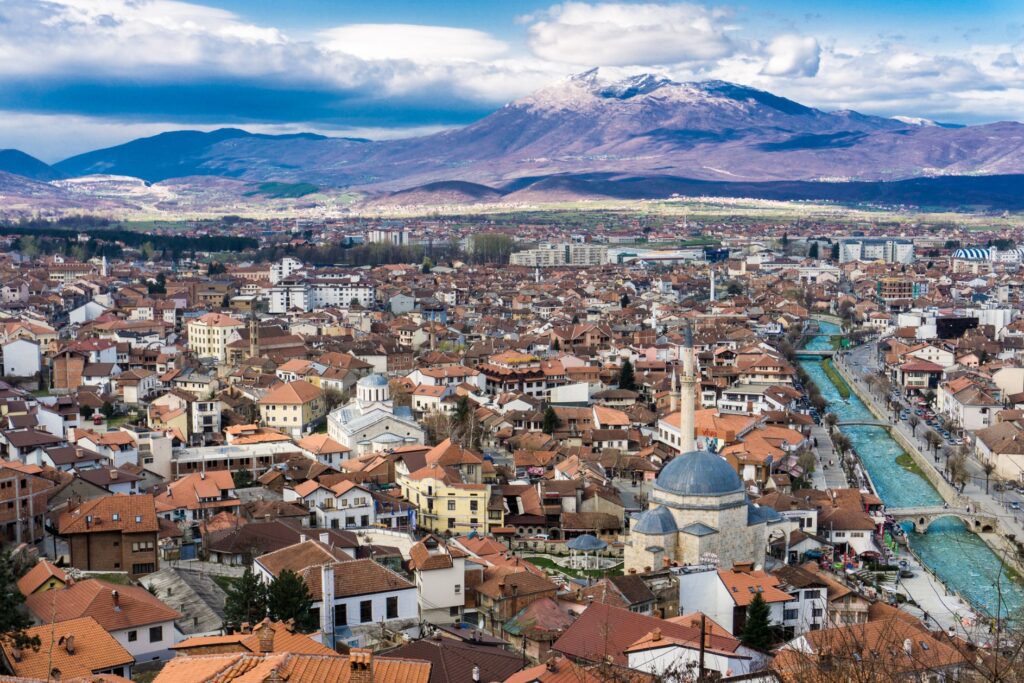
- There's a statue of former U.S. President Bill Clinton in Pristina, the capital city.
- Kosovo's citizens are the second poorest in Europe, after Moldova. They are also one of the youngest populations in Europe, the average age is 26.
- The UN has a peace keeping mission in Kosovo, as does NATO, the only ones in Europe, to safeguard peace and ensure freedom.
Further reading: N/A.
Kosovo Travel tips
Socket type: C / F. Guide to socket types.
Weekend days: Saturday and Sunday.
Driving: Cars drive on the Right.
Local taxi apps: BlueTaxi, ShoferilM.
Travel Guides: Lonely Planet, Bradt Guide.
Languages spoken: Albanian (official) 94%, Bosnian 2%, Serbian (official) 2%, Turkish 1%, other <1% (includes Romani), unspecified <1%. Note - in municipalities where a community's mother tongue is not one of Kosovo's official languages, the language of that community may be given official status according to the 2006 Law on the Use of Languages.
Basic words and phrases in the main language:
Hello: Përshëndetje! or TungjatjetaPlease: Ju lutem
Thank you: Faleminderit
Help: Mund të më ndihmoni?
Learn more with our favorite learning app Mondly.
Find a hotel in Kosovo
Booking.comBook tours and activities:
More about Kosovo on Solo Female Travelers
Coming soon.Did you spot any errors? We do our best to keep this information updated and accurate, but things change. If you saw anything that is not right, let us know so we can fix it: [email protected].
About the Solo Female Travel Safety Index
Safety matters to solo female travelers, you told us so in our annual Solo Female Travel Survey, where year after year, women prove that this is their most important concern when traveling solo.
We wanted to do something about it, so we built these country-specific pages where you can find reviews and scores for 7 key variables affecting the safety of women traveling solo.
Variables
- Risk of scam
- Risk of theft
- Risk of harassment
- Attitudes towards women
- UK Travel Advisory
- US Travel advisory
- Global Peace Index (GPI)
Informing OSAC
The Solo Female Travel Safety Score is used by the Overseas Security Advisory Council for including safety concerns for women travelers in their country security reports; OSAC is a partnership between the U.S. Department of State and private-sector security community.
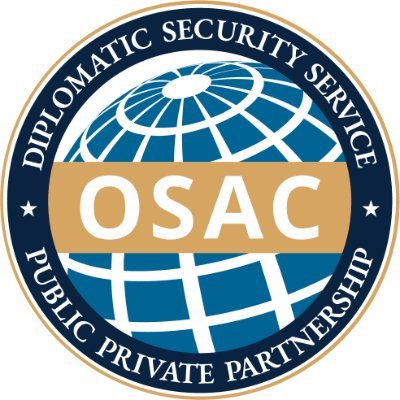
How to use the Safety Index
On this page, you will find the country score and the personal opinions on safety of other women traveling solo.
You can sort the comments by:
- The level of experience traveling solo of the reviewer (beginner = <5 trips solo, Intermediate = 5 to 10 trips solo, Experienced = >10 trips solo).
- The age of the traveler.
- Whether they are a visitor or local.
- The date they were posted.
The safety scores range from 1 to 4 with 1 being the safest and 4 being the most dangerous for solo female travelers.
Thus, the lower the score, the safer the country.
Looking for more safety resources?
This entire website is devoted to helping women travel solo. Check out the links below to learn more:
Solo Female Travel Stats: Results from the the largest, most comprehensive and only global research study on solo female travel trends, preferences and behaviors published.
Thanks to Jacobo Vilella for creating the Solo Female Travelers Safety Index ❤️






